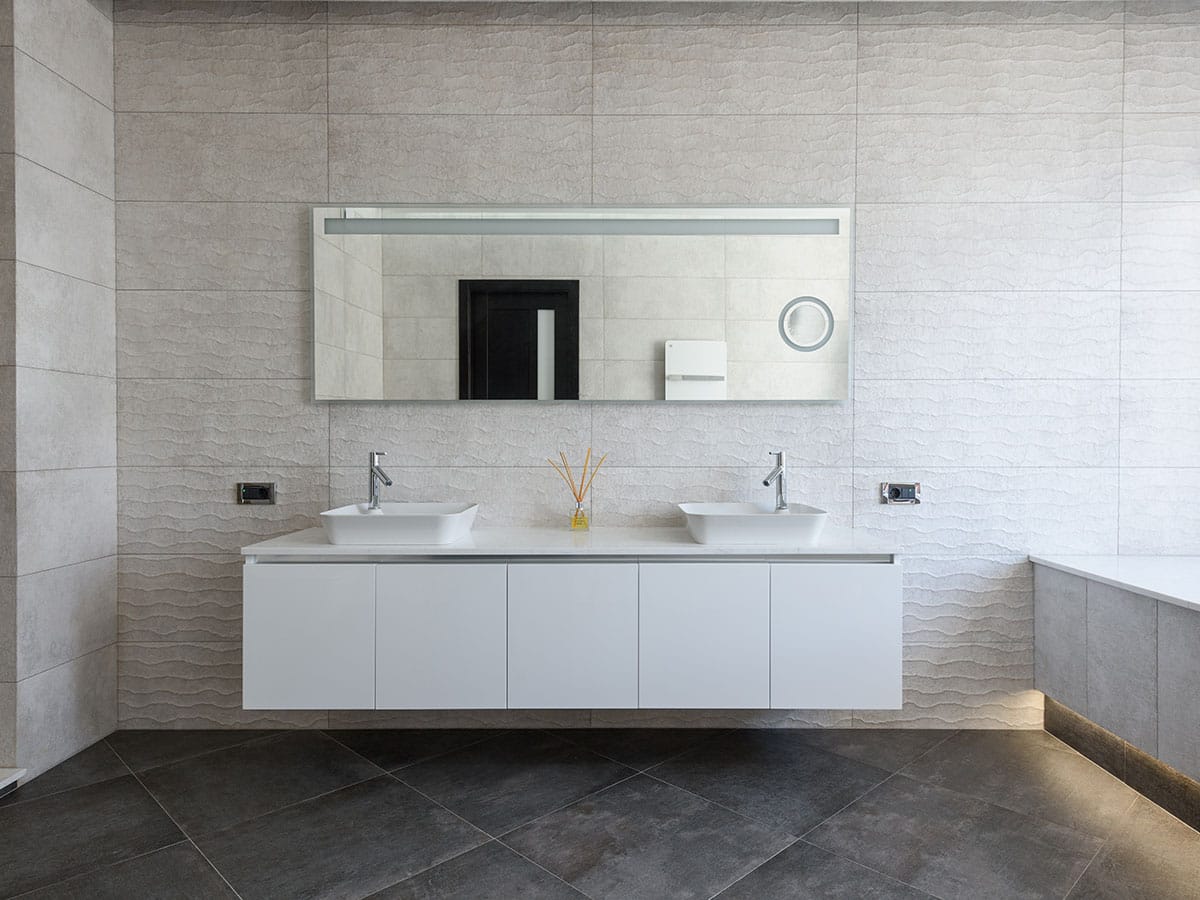How To Maintain Your Floor Drains

The drainage system is quite elaborate. It includes all your plumbing fixtures, all the connecting drainage pipes, all the drains, and even part of the sewer system. We are all quite familiar with all the plumbing fixtures, such as faucets, showers, bathtubs, toilets, urinals, sinks etc. And we have all seen those connecting drainage pipes that run in the kitchen and bathroom. You are also very familiar with all the drains in the house including the kitchen sink drains, the bathroom shower and bathtub drains, and the toilet drains. But most of us forget one other very important part of the drainage system; the floor drains.
Floor drains are just like your ordinary bathroom drains. They are installed flush with the floor surface and they all feature drain covers. They should also have drain traps just like all the other drains in the house. The only difference is that floor drains are usually installed in laundry rooms, garages, basements, older bathrooms, and sometimes on driveways and patios. As you can see, we have indoor floor drains that are installed inside the hose and outdoor floor drains that are installed outside the house. Indoor floor drains are used for capturing and draining overflow water from various plumbing fixtures and appliances like vanity sinks, washing machines, water heaters etc. Outdoor floor drains are used for draining rainwater efficiently away from the house. Use the following care and maintenance tips to keep your floor drains in excellent condition.
Regular And Proper Cleaning
Like all other parts or sections of the plumbing system, floor drains require regular and proper cleaning. The good news is that you do not have to clean your floor drains all that frequently. But you should make a point of cleaning your floor drains once every four months. Remove the drain cover and check for debris. You can use a hose to clear the debris from your floor drains or you can remove it manually. You can also use a safe liquid drain clear to ensure that your floor drains are thoroughly cleaned. If you are not sure about all this, call a professional plumber to help you clean your drains every few months.
Fill The Drain Traps Regularly
One of the most important features in a floor drain is the drain trap. As mentioned above, floor drains have drain traps just like all other drains in the house. And as you very well know, a drain trap is used to prevent bad sewer smells and gases from wafting up your drainage system into the house. The drain traps in your floor drains should always be filled with water. You can refill them by pouring a gallon of water down your floor drains after some time. This water keeps the bad smells and gasses away from the house.
Unclog The Floor Drains ASAP
Floor drains handle all kinds of debris. This debris can cause clogs at any time. You should remove all clogs in your floor drains as soon as possible. Check for signs of clogging, which include slow draining. You can unclog your floor drains using a plunger or by pouring a solution of baking soda and vinegar into the drains. You can also request Cincinnati sewer repairs to have your floor drains unclogged by a professional plumber.